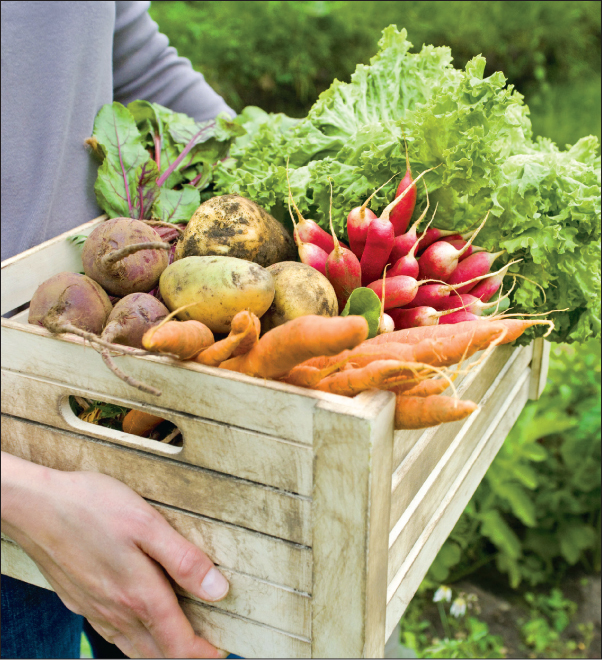By Sue Odland
Birds are singing, tulips are in bloom, the garden is ready to be worked. However, many people find themselves as busy as springtime rabbits at this time of year. For gardeners short on time or energy, explore the Stout method of no-work gardening this season.
This ingenious technique was developed in the 1940’s by Ruth Stout, an aging, amateur gardener, who had grown tired of the strain and hard labor associated with traditional gardening, i.e., plowing, cultivating soil, weeding, feeding, spraying pesticides, and watering. Stout’s revolutionary idea for a casual, organic approach to gardening is still used by gardeners today, with the same remarkable results.
Stout formulated the concept of maintaining a consistent, eight-inch deep level of homemade mulch on the entire garden at all times. This deep mulch suppresses weeds, feeds the soil, and keeps precious moisture in the ground, eliminating the need to water, weed, spray, or feed. Gardeners simply toss on another layer of mulch as needed. The mulch can consist of any matter that decays or rots including; hay or straw, leaves, grass clippings, pine needles, newspaper, bark, sawdust, and non-protein food scraps. Stout believed that even a compost pile was too much additional work, encouraging gardeners to throw their kitchen scraps directly onto the mulch to create a fine, organic planting soil.
To create a lazy day Stout Garden:
-Choose a sunny area for the garden. The ground can be covered with weeds, grass, or sod. Place a two-inch thick layer of newspaper and/or cardboard over the desired area. Spray it lightly with water to hold it in place. To finish creating the mulch, cover the cardboard/paper layer with a combination of six inches of weed-free straw, hay, shredded leaves, grass clippings, pine needles, or bark. Purchase bales of straw at the local home improvement or garden store. This deep mulch will quickly eliminate the weeds or sod in only a few weeks’ time, at which point the soil will be ready for planting.
To place starter plants – simply pull back an area of mulch, make a small shallow hole or slash the ground with a hand trowel, place the plant on top of this area, then restore the mulch around the plant.
To plant seeds – remove an area of mulch for planting the seeds in the soil. Check the seed package or go online to determine proper planting width and depth. Do not replace the thick mulch on top of the seeds. Leave the seeds open to sprout. This is the only time that the deep mulch is not used on the garden. Thin new seedlings as they grow to prevent overcrowding. When seedlings mature to the size of a small plant, return mulch around the base.
However, the planting of onions or potatoes requires even less effort. Pull back mulch, and place seeds directly onto the soil; replace the deep mulch over the seeds. The seedlings will take root in the ground and grow through the mulch.
After planting, sit back and enjoy your summer. Remember to maintain the eight inches of mulch as needed, as you wait for your bountiful harvest.
For those ready to throw aside the rototiller, weeding tools, hoses, and hours of physical labor, consider the Ruth Stout no-work method, which continues to provide delicious homegrown produce for lazy gardeners everywhere.
Among the many Ruth Stout books are:
How to Have a Green Thumb Without an Aching Back: A New Method of Mulch Gardening, by Ruth Stout.
The Ruth Stout No-Work Garden Book: Secrets of the Famous Year-Round Mulch Method, by Ruth Stout & Richard Clemence.
Gardening Without Work: For the Aging, the Busy & the Indolent, by Ruth Stout.
Sue Odland is a freelance writer and Midwestern gardener.
 Conscious Community Magazine Dedicated to Elevating Consciousness
Conscious Community Magazine Dedicated to Elevating Consciousness





